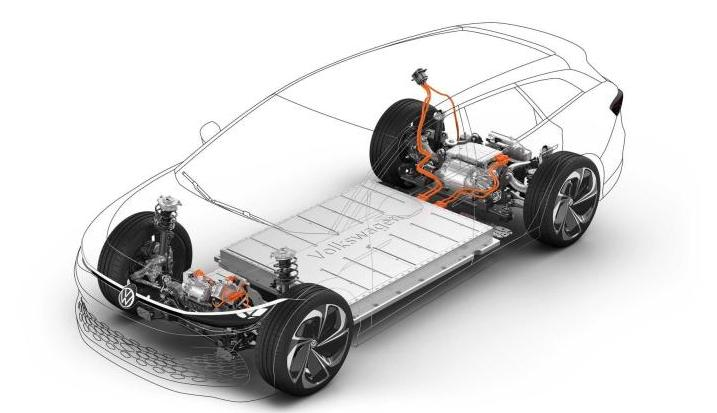After writing yesterday’s article (I prefer to call this series essays), it still sparked a lot of discussions. I believe whether a car sells well or not depends on its positioning, and the key is whether the ID4 series has brand and product power support in its respective sub-market. When it comes to product power, we need to think from the consumer’s perspective:
Have the three electric components, endurance, and acceleration experience met expectations? Although I have to admit that in this field, from 2018 to now, except for differences in the 800V system, this area has been completely leveled in the 400V system. In short, there is almost no differentiation except for fast charging speed.
Screen. This is the part we are going to explore today. On Friday, I met a very good friend who started from automotive electronics and eventually found success in the screen business of cars. Nowadays, whether a smart car is good or not, the first thing consumers see when they enter the car is the screen. This is different from the concept of whether the battery of your house is big or not (or in the early development of smartphones, the screen size determines the price).
Going back to MEB, in the overall plan, Volkswagen’s previous impression on us in the automotive industry was to make a big deal. In this aspect, ICAS3, one of the three major domain controllers, is equipped with VW.OS, which makes the automotive industry expect a lot from it. The actual result is that the 12-inch control screen and suspended dual screen combination of the digital dashboard, plus enhanced reality head-up display technology, are basically the same as the previous MIB3, while the effect of the entire software system is inferior to that provided by new automakers in terms of actual experience. I actually want to discuss this issue. Should the blame be on the design of the information and entertainment system?
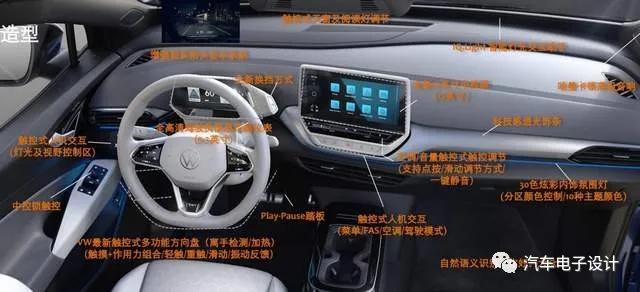
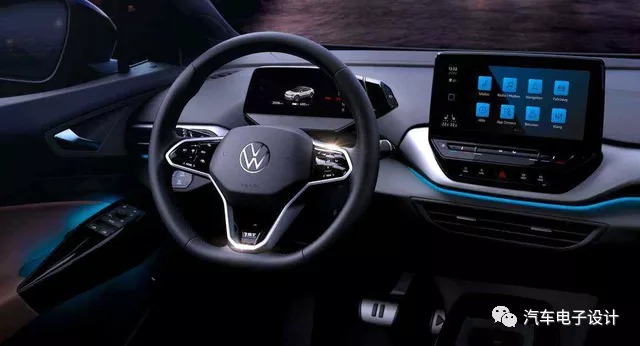
In the “The ID.4 New Model Overview” released by Volkswagen, ICAS3 was mainly introduced. This is one of the three main domain controllers in the MEB system and is currently a controller deployed on the car around the information and entertainment system. This controller outputs signals to the LCD screen of J685 through LVDS, and output signals to the display module of J1254 and the display light belt of L385.
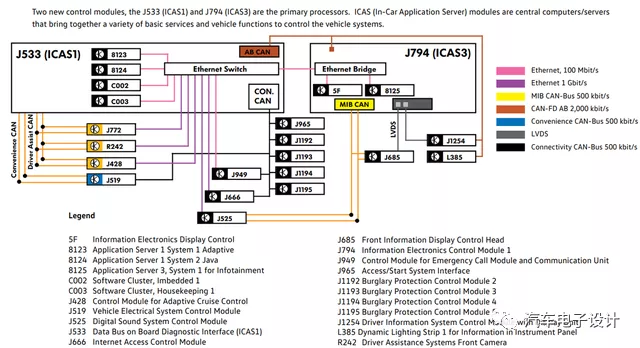 The biggest challenge here is the 5.3-inch floating LCD instrument cluster. Because the overall design of MEB is minimalistic, the layout and information display of this UI appear to be particularly simple. As shown in the figure below, ICAS3 directly drives this module with LVDS, and the displayed information includes mileage, speed, and gear position.
The biggest challenge here is the 5.3-inch floating LCD instrument cluster. Because the overall design of MEB is minimalistic, the layout and information display of this UI appear to be particularly simple. As shown in the figure below, ICAS3 directly drives this module with LVDS, and the displayed information includes mileage, speed, and gear position.
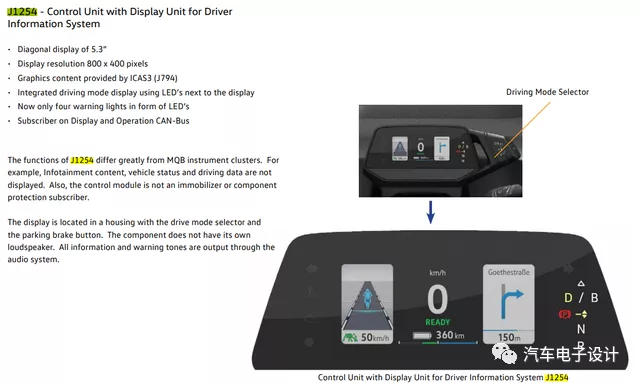
Overall, we can see that Volkswagen originally intended to take one step further on MQB in the design of MEB, but did not anticipate that consumers’ expectations for car screens, whose subjective impression can directly determine whether the car has a sense of luxury and whether it is a symbol of intelligent vehicles, is crucial.
In other words, the most expensive part of the intelligent cockpit in the future will be the screen. With various displays and stereos in front, rear and back seats, the intuitive display part will be the most important part of intelligent cars recommended by the market in the future.
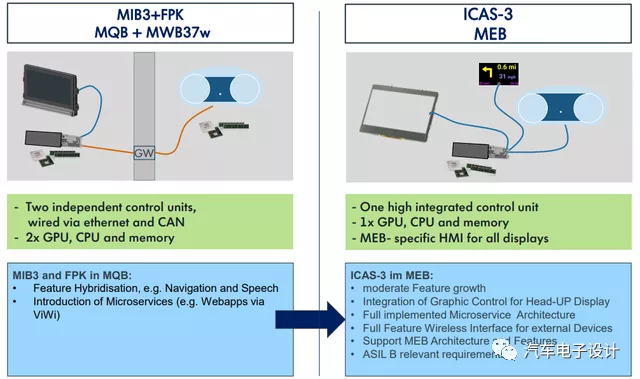
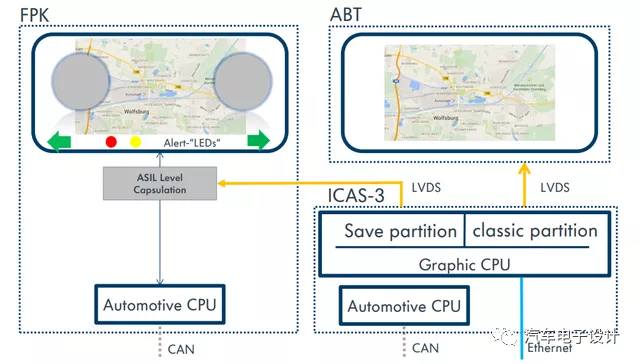
The second most important part is the selection of the main control chip for ICAS3, which I plan to sort out from the block diagram onwards, along with the main chip selection and function allocation of the current intelligent cockpit after the holidays.
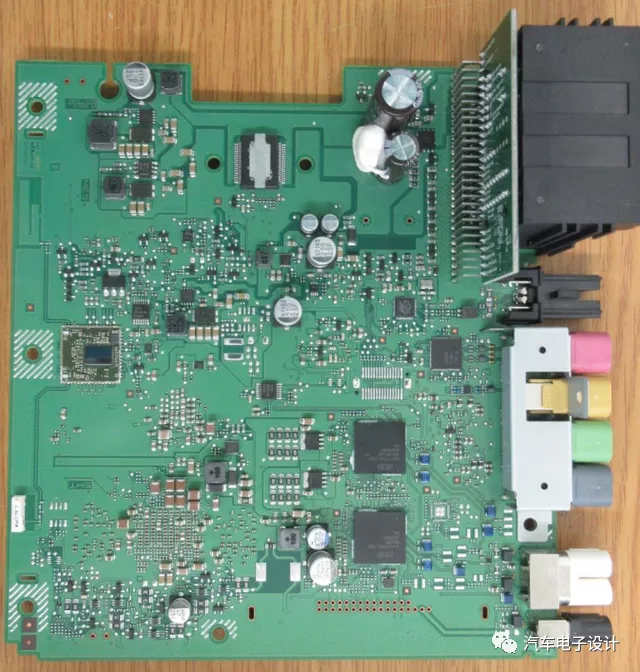
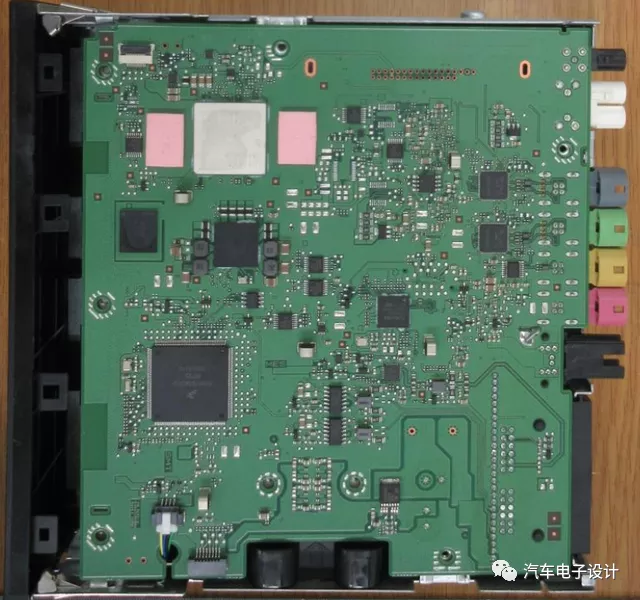 ## Summary:
## Summary:
In short, the modular iterative MEB system gives people a conservative impression in the choice of dashboard and central control screen, and is not innovative enough in the iteration of cockpit controller (now either standing with Qualcomm or standing with NV).
Note: In the era of smart cars, the goals of writing public accounts will also vary. For the intelligent cockpit and intelligent driving parts of the car model, they can more decisive whether the vehicle can attract consumers than the three-electric part, which is a very certain thing. In the future, when there is free time, we really need to spend more time doing some sorting, otherwise if the arguments are not enough, we cannot get some conclusions.
This article is a translation by ChatGPT of a Chinese report from 42HOW. If you have any questions about it, please email bd@42how.com.
